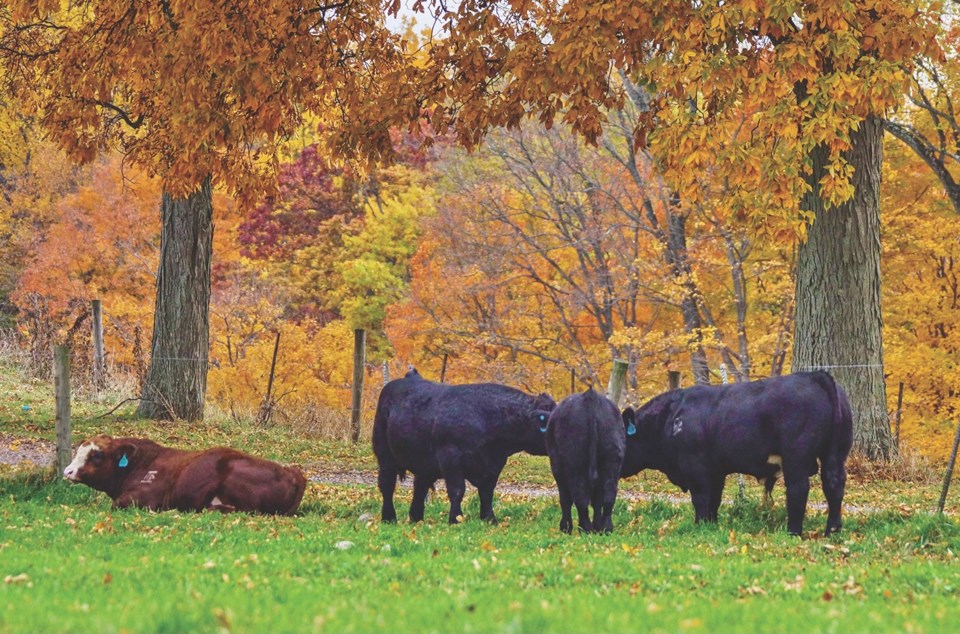LAKELAND – As overnight temperatures drop, the risk of nitrate poisoning in cattle and other ruminant livestock increases, says Alyssa Krawchuk, the Lakeland Agriculture Research Assocation’s (LARA) manger and livestock specialist.
With the onset of fall temperatures and the threat of overnight frosts, Krawchuk says LARA’s staff have been fielding higher volumes of calls from producers seeking information on nitrate poisoning in cattle and late season harvesting.
“Although grain harvest is ahead of schedule this year, many annual crops harvested for silage or greenfeed are showing significant regrowth that could be used for additional fall grazing or greenfeed options,” she told Lakeland This Week.
However, Krawchuk notes that before producers choose to swath or turn cattle out, they should assess the risk of nitrate buildup in their crops following nightly temperatures that have dropped to zero and below in some areas across the Lakeland.
“Nitrates can begin to become an issue after crops experience as little as one to two hours of -1 to -2 degrees Celsius,” Krawchuk explains. “These conditions cause damage to the above ground parts of the plants, but leave the roots undamaged. Nitrate accumulation occurs over the next three to four days as the damaged leaves cannot effectively utilize the nutrients that the roots continue to send up to the plant.”
Nitrate poisoning occurs when crops effected by frost, containing higher than normal levels of nitrate, are consumed by grazing animals.
“Under normal circumstances, nitrite is further broken down into ammonia in the rumen (largest stomach compartment) and is then used by rumen microbes to make protein. Issues occur when large amounts of nitrates are eaten over a short period of time and nitrite levels exceed the capacity of the microbes to convert it to ammonia — so it begins to be absorbed by the animal. Once in the bloodstream, nitrite interferes with oxygen transported by red blood cells and starts to starve the animal of oxygen,” she says.
After a light frost, Krawchuk recommends that damaged crops should be cut as quickly as possible to prevent nitrate buildup in the plant tissues. “Nitrate levels tend to peak after three to four days following a frost event and will return to normal levels after two weeks. If the crops are unable to be swathed the day after a frost, producers need to wait 14 days before cutting that field,” Krawchuk added.
Killing frosts are a different story, she says. Once temperatures go below -5 to -6 degrees Celsius, concerns around nitrate poising subside as the inner workings of the plant are destroyed, preventing water and nutrients from moving within the plant. As a result, nitrates will not accumulate.
According to Krawchuk, annual crops most susceptible to nitrate accumulation include oats, barley and wheat. “Producers utilizing immature salvaged canola crops as well as many cover crop species such as sorghum, kale or millet, also need to be concerned with the potential for nitrate buildup,” she says.
Crops with the lowest risk of nitrate buildup include alfalfa, clover and lentil crops such as peas.
Nitrogen load on a field is another risk factor for increased potential of nitrate buildup following a frost event, she says. “This includes fields that have been heavily fertilized, had manure applied, used as winter feeding areas or used for swath grazing in previous years.”
Krawchuk says for producers who are concerned with the potential of nitrate accumulation in their crop, there are feed tests that can be conducted to determine nitrate levels.



